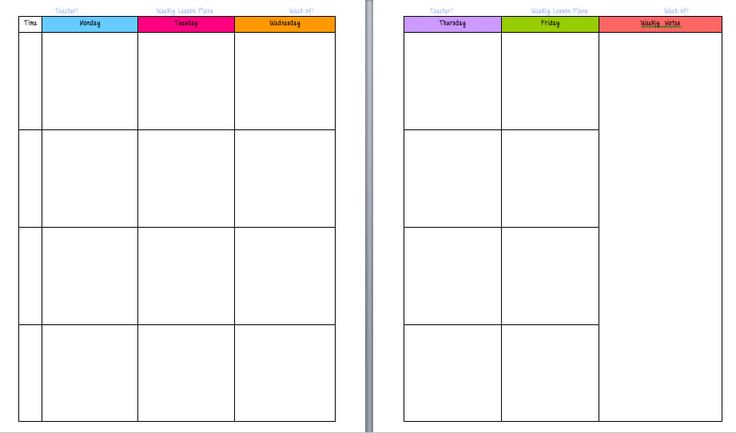Introduction:
In the fast-paced and demanding field of education, teachers often find themselves juggling multiple responsibilities while striving to meet the diverse needs of their students. It’s easy to get caught up in the never-ending cycle of planning lessons, grading papers, and attending to administrative tasks. However, amidst the chaos, it’s crucial for educators to prioritize their well-being and engage in mindful self-reflection. This article explores the significance of mindful self-reflection for teachers and provides practical strategies to cultivate a healthy work-life balance and foster professional growth.
The Importance of Mindful Self-Reflection:
Mindful self-reflection involves intentionally stepping back from the whirlwind of daily teaching activities to critically examine our thoughts, emotions, and actions. It provides a dedicated space for teachers to deepen their self-awareness, foster personal growth, and enhance their effectiveness in the classroom. Mindful self-reflection allows educators to identify areas for improvement, celebrate successes, and gain valuable insights into their own teaching practice.
Strategies for Mindful Self-Reflection:
1. Carve out dedicated time: Set aside regular time for self-reflection, whether it’s a few minutes at the end of the day or a longer session once a week. Find a quiet and comfortable space where you can disconnect from distractions and focus solely on your thoughts and experiences.
2. Journaling: Writing in a journal is a powerful tool for self-reflection. Record your observations, thoughts, and feelings about your teaching experiences. Consider questions like: What went well today? What challenges did I face? How did I handle them? What can I do differently next time? Journaling helps to externalize your reflections and gain a fresh perspective.
3. Seek feedback: Engage in conversations with colleagues, mentors, or a trusted support network. Share your teaching experiences, receive constructive feedback, and gain insights from others’ perspectives. Consider joining or forming a professional learning community where teachers can provide mutual support, share ideas, and engage in reflective discussions.
4. Engage in mindfulness practices: Mindfulness exercises, such as deep breathing, meditation, or yoga, can help teachers become more present and attuned to their thoughts and emotions. By bringing conscious awareness to the present moment, educators can reduce stress, improve focus, and enhance their overall well-being.
5. Set meaningful goals: Establish clear and meaningful goals for your personal and professional development. Reflect on your strengths and areas for growth and set SMART (Specific, Measurable, Achievable, Relevant, Time-bound) goals that align with your aspirations. Regularly revisit and reassess your goals to track progress and make adjustments if needed.
Conclusion:
Mindful self-reflection is a transformative practice that empowers teachers to nurture their well-being, enhance their effectiveness in the classroom, and fuel their professional growth. By intentionally carving out time for self-reflection and employing strategies like journaling, seeking feedback, engaging in mindfulness practices, and setting meaningful goals, educators can cultivate a healthy work-life balance and thrive in their teaching journey. Embrace mindful self-reflection as a catalyst for personal and professional transformation, and watch yourself grow and make a profound impact in the lives of your students.











